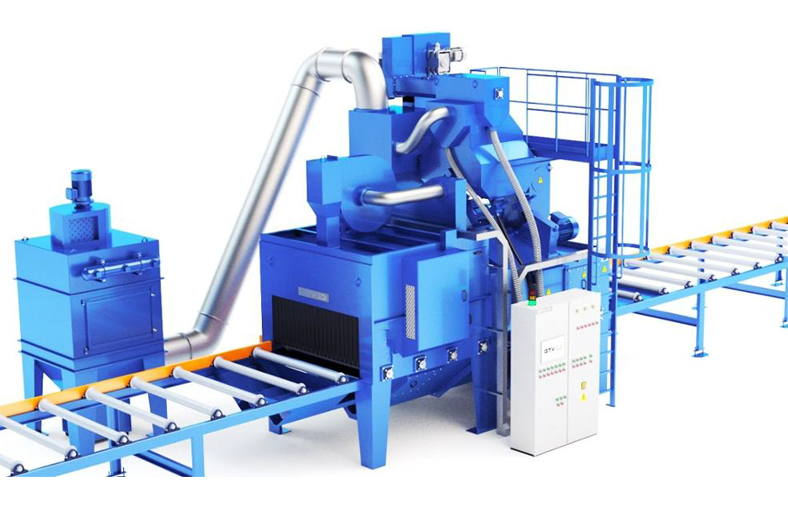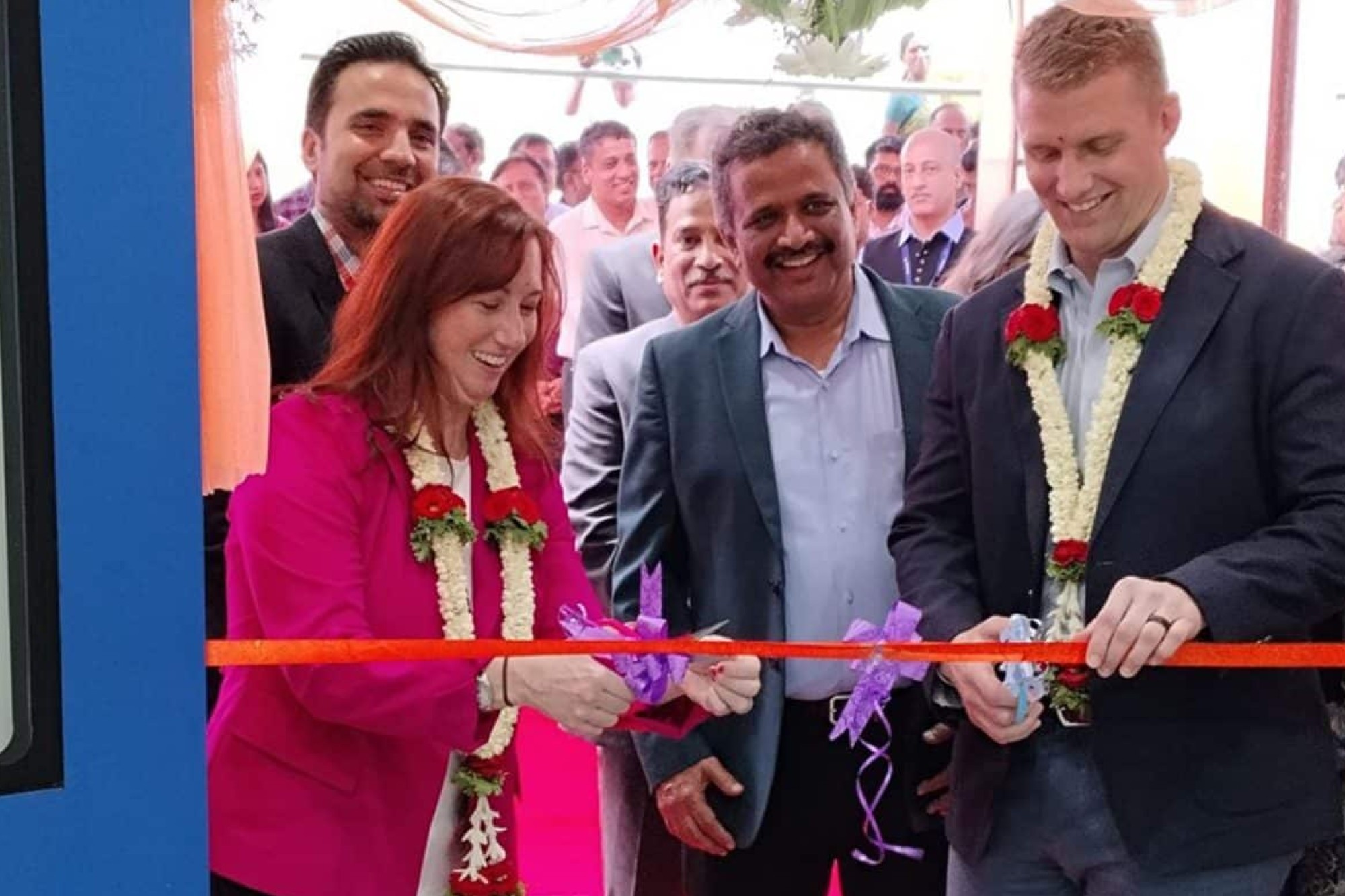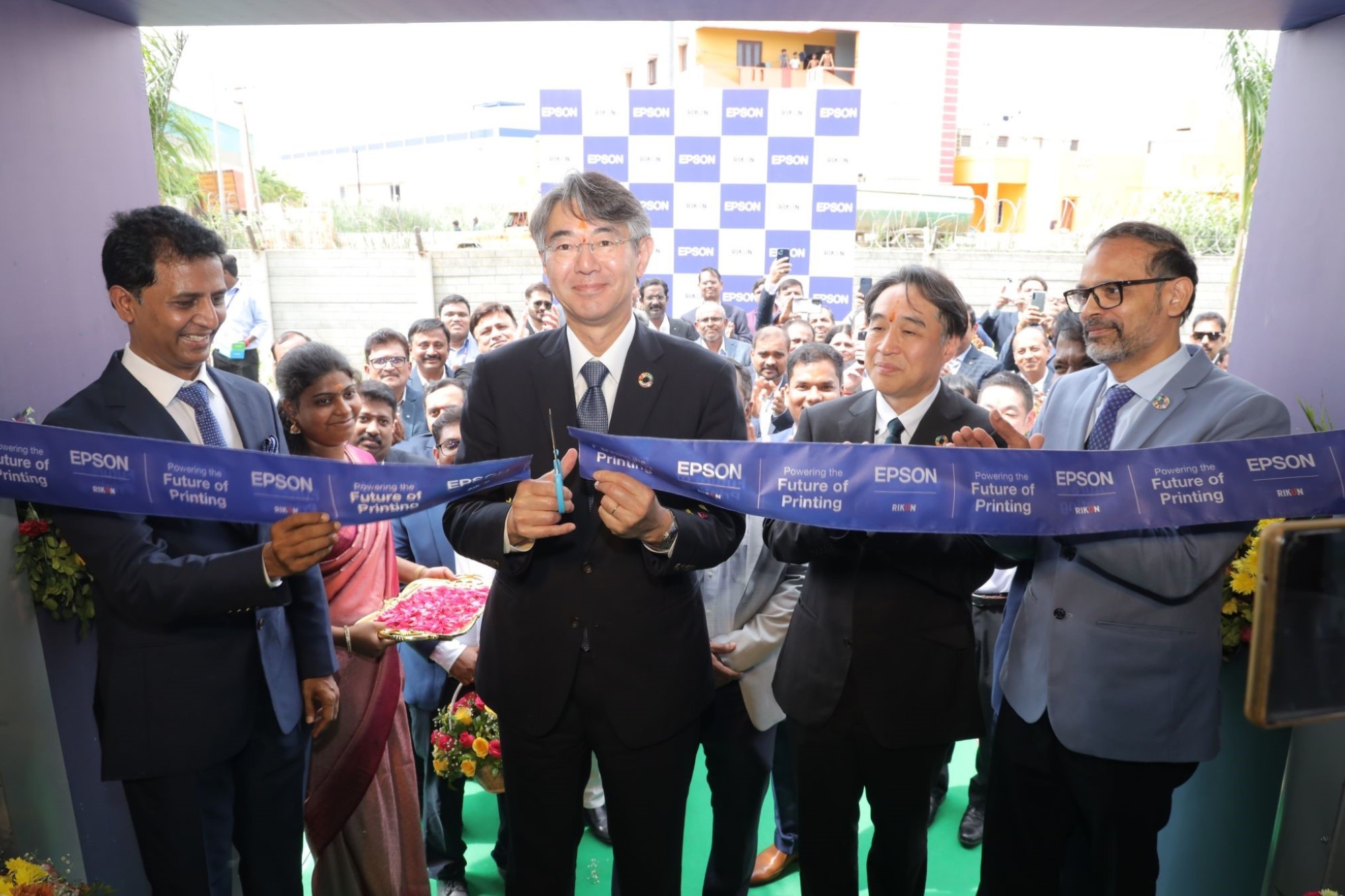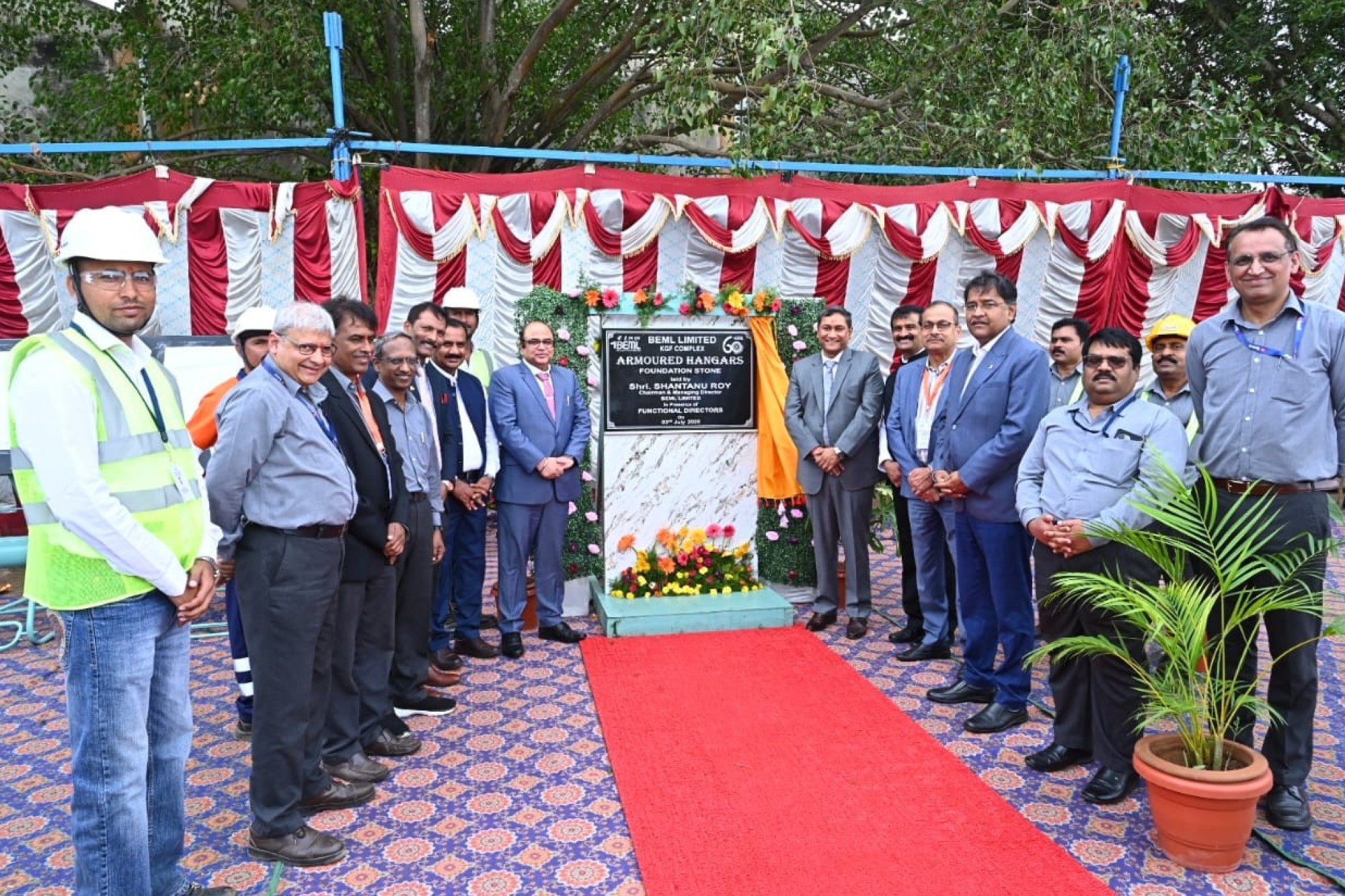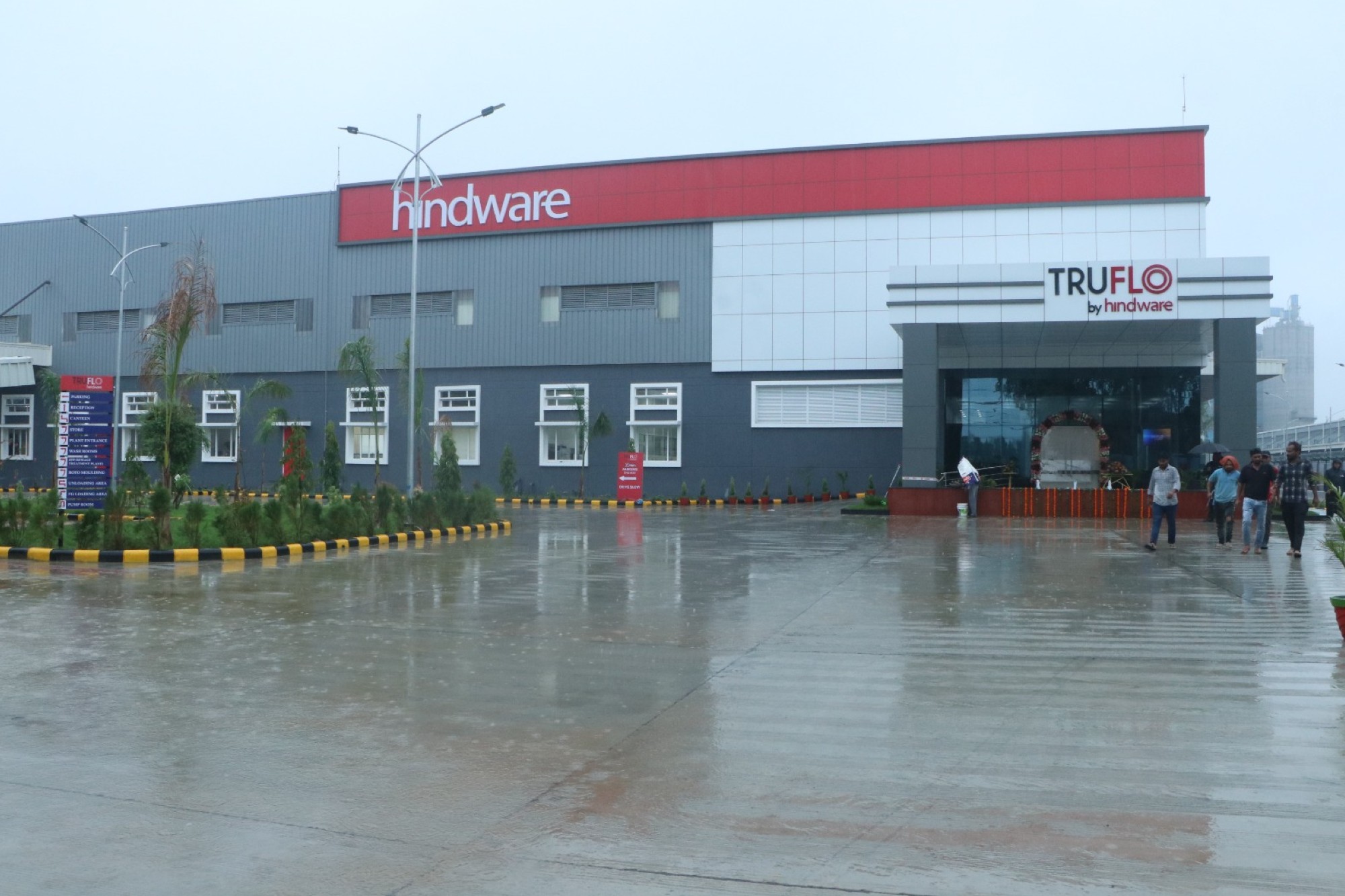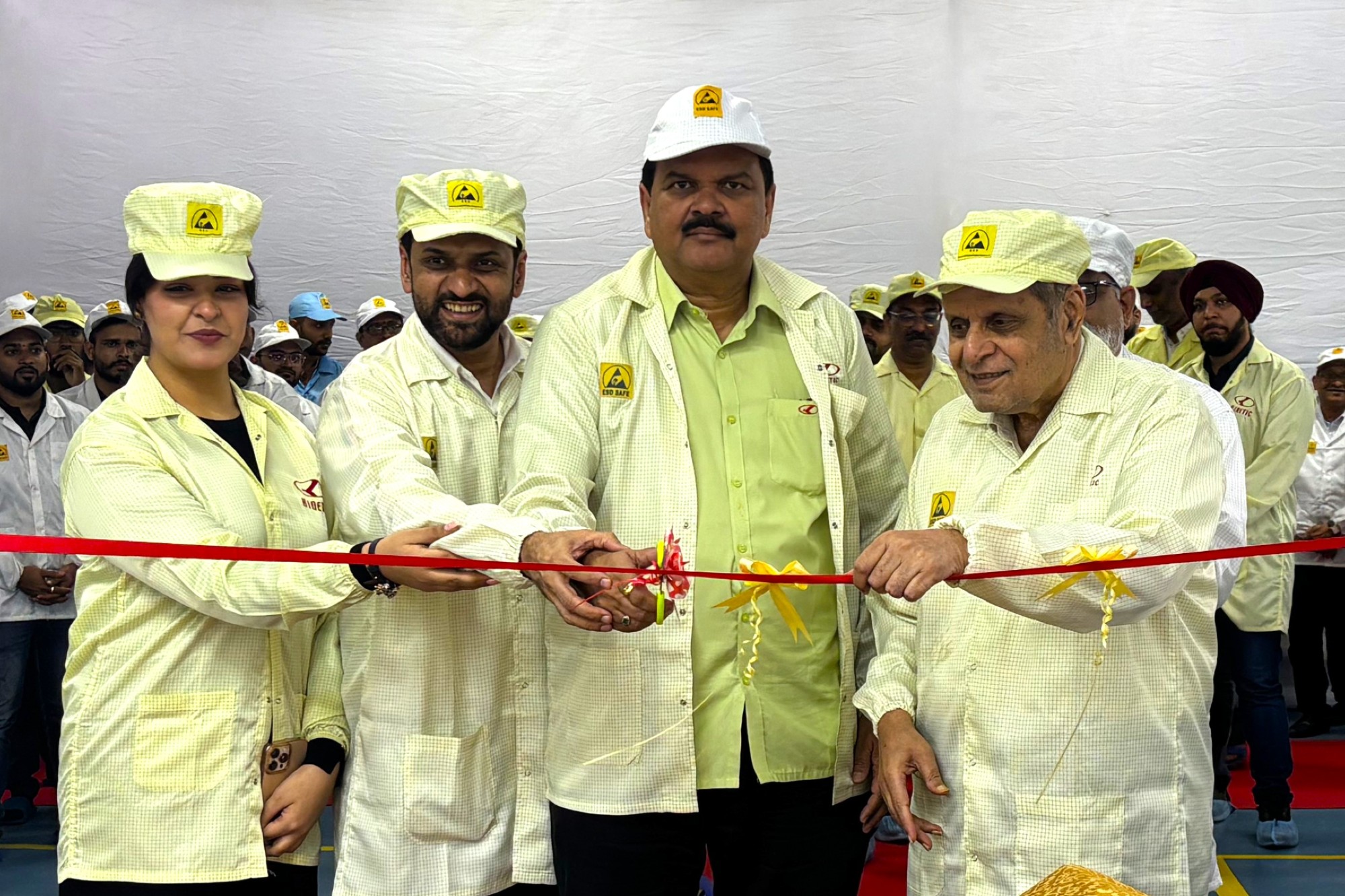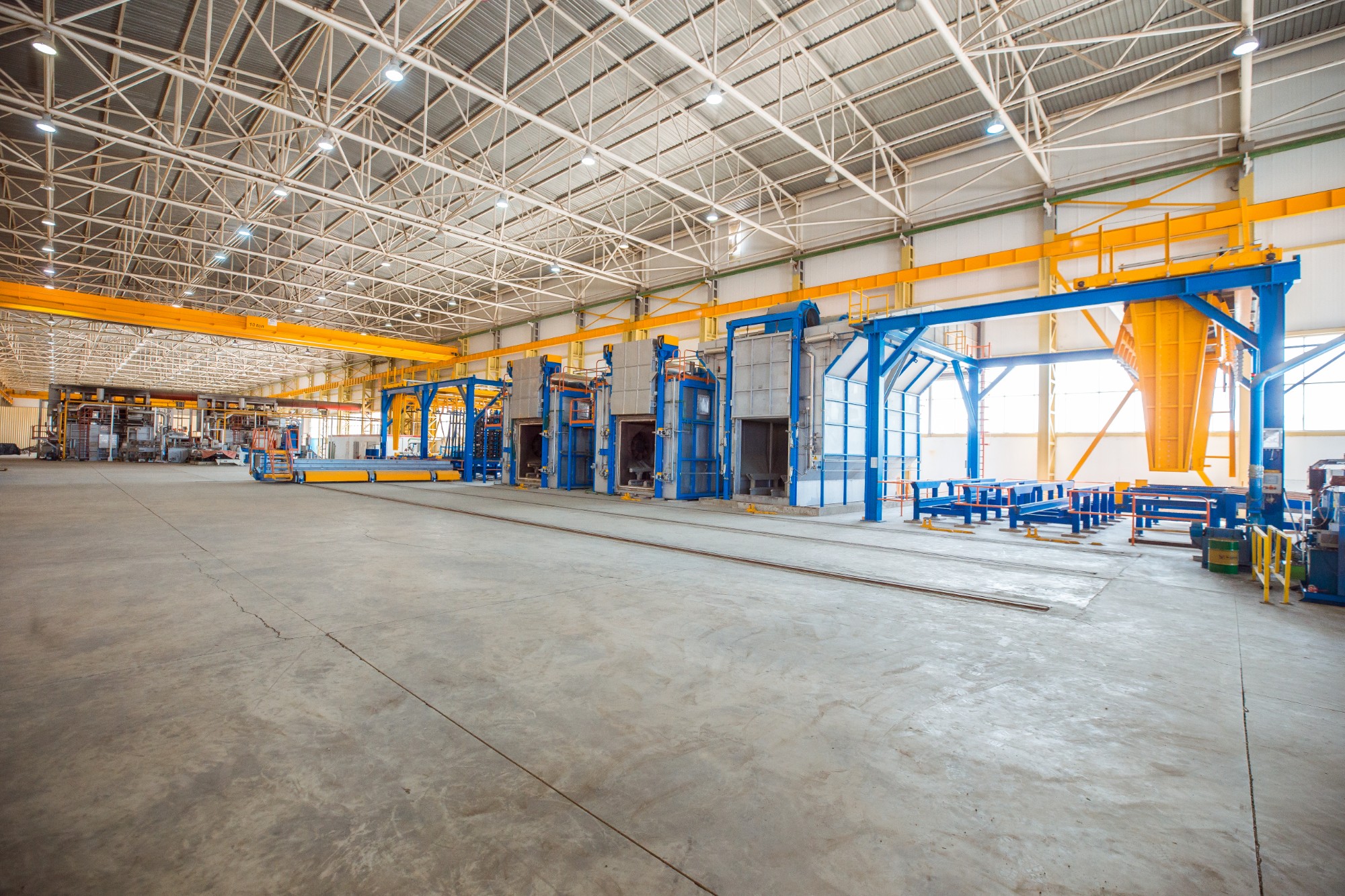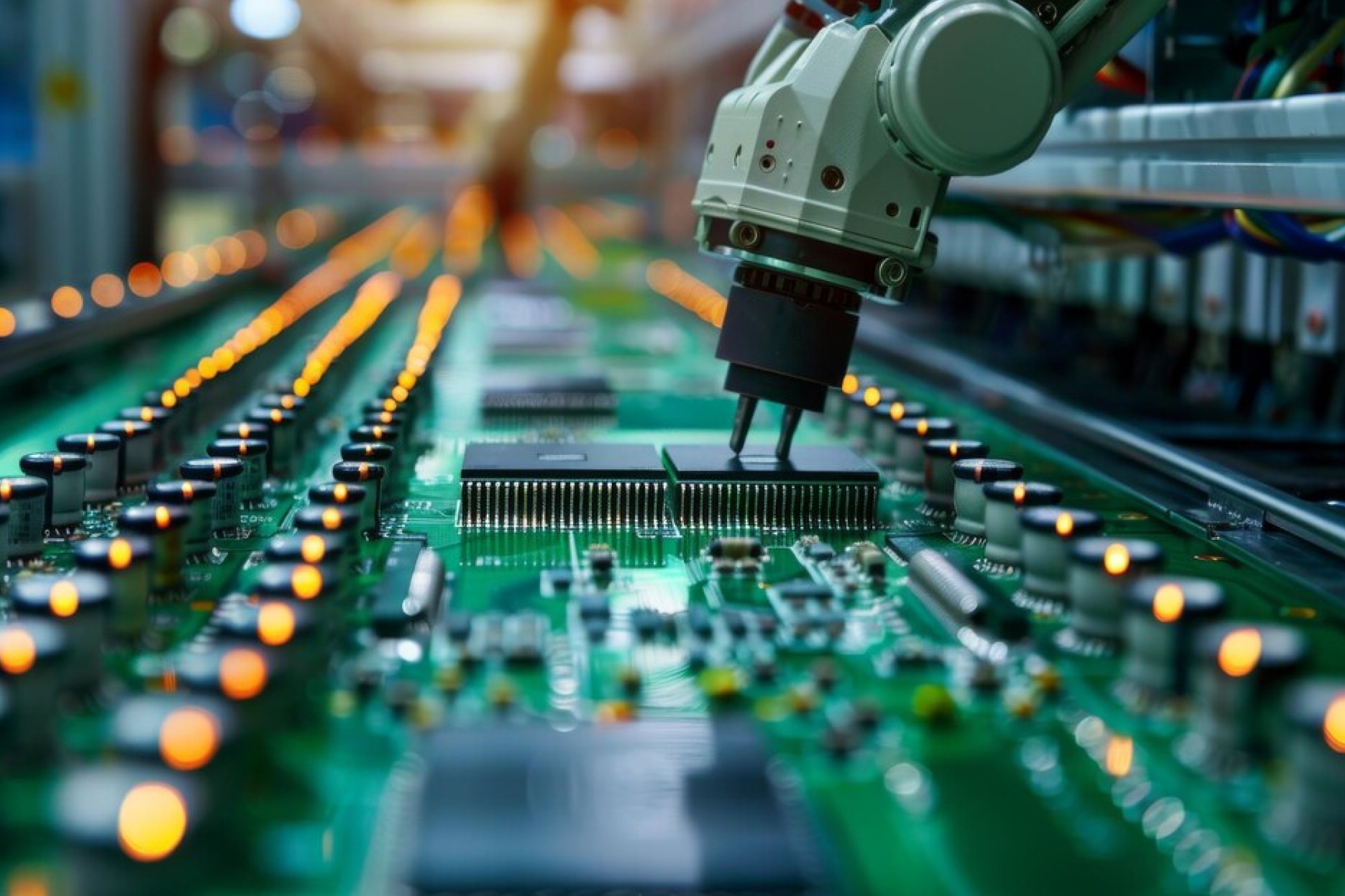Shot Blasting machines in industrial conditions
By OEM Update Editorial December 16, 2019 12:34 pm IST
The chief purpose of the cleaning process is to remove the contaminants from the surface of castings in order to prepare them for use or for further finishing treatment: painting, enamel coating or mechanical treatment.
Shot peening, involving the dynamic cold plastic treatment of the surface layer in metals, is applied to modify its parameters. Due to work hardening of the outer layer, the metal is strengthened, its physical and chemical parameters are changed and its service life and fatigue parameters are improved [1,2,8]. The difference between the processes discussed here lies in that products to be sand blasted include castings products obtained in sand moulds and metal moulds. Sand blasting is intended to give them a good appearance, to ensure the required surface quality and conditions. Metal products are typically treated by shot – peening, including castings after mechanical treatment, polishing or thermal and chemical treatment.
Effectiveness of the shot blasting processes
The analysis of effectiveness of the cleaning treatment reveals that shots hitting the targeted object play the double role: they clean it both by hitting and abrasive action. The difference in hypothetical impacts produced by the stream of shots hitting the castings surface results from the differences in the speed v of shots or grain and the incidence angle α. It is recommended that the rotors should be used that should blast the cleaning agent at different angles. The extent of surface impacts and their quantitative description is provided by the theory of J.G. Bitter, dealing with erosion wear and based on mechanics of elasticity and plasticity of solids. Erosion wear involves both abrasive actions associated with the impacts produced when shots hit the surface at small angles (micro-machining) and crushing and chipping caused by shots bombarding the surface at large angles. For machining wear experienced when abrasive grains scratch the surface forming ’micro- chips’, referred to as ’small angle impacts’.
Regular inspection and maintenance showed that the stability of the machine and ensure that it is free from defects. Noise study also showed that there was decrease in dB when compared with the initial dB after implement the remedies. When compared with behavioral observation among the operators, the training needs to be identified and provided to improve the safety culture. The initial noise level showed that some area are under critical situations and need importance to the location it has to be minimized through engineering suggestion Training needs to be provided to improve the safety awareness among the operators and co-workers those who are worked in that machine area. The usage of PPE also reduced the exposure from dust & noise emitted from the shot blasting process.
Cookie Consent
We use cookies to personalize your experience. By continuing to visit this website you agree to our Terms & Conditions, Privacy Policy and Cookie Policy.




